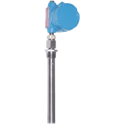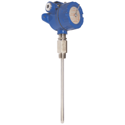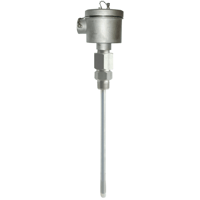
LTX03
LTX03 Continuous Capacitance Level Transmitter
Intempco Controls
Request a Quote
Call for Pricing & Availablility

LTX15
LTX15 Continous Capacitance Level Transmitter
Intempco Controls
Request a Quote
Call for Pricing & Availablility

LTX40
LTX40 Continous Capacitance Level Transmitter
Intempco Controls
Request a Quote
Call for Pricing & Availablility

LTX10
LTX10 Sanitary Capacitance Level Transmitter
Intempco Controls
Request a Quote
Call for Pricing & Availablility

LTX05
LTX05 OEM Capacitance Level Transmitter
Intempco Controls
Request a Quote
Call for Pricing & Availablility

LTX02
LTX02 Continous Capacitance Level Transmitter
Intempco Controls
Request a Quote
Call for Pricing & Availablility

LTX01
LTX01 Continuous Capacitance Level Transmitter
Intempco Controls
Request a Quote
Call for Pricing & Availablility

LSA01-DT
LSA01-DT RF Capacitance Dual-Point Level Switch
Intempco Controls
Request a Quote
Call for Pricing & Availablility

